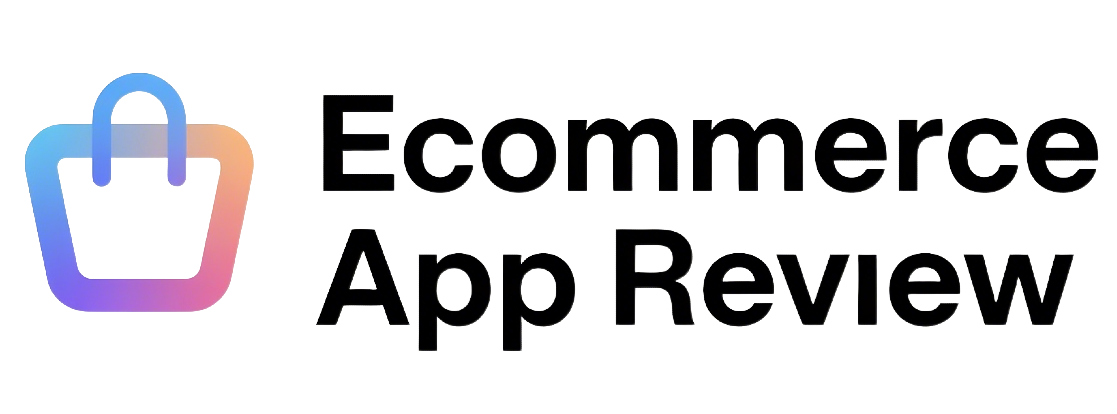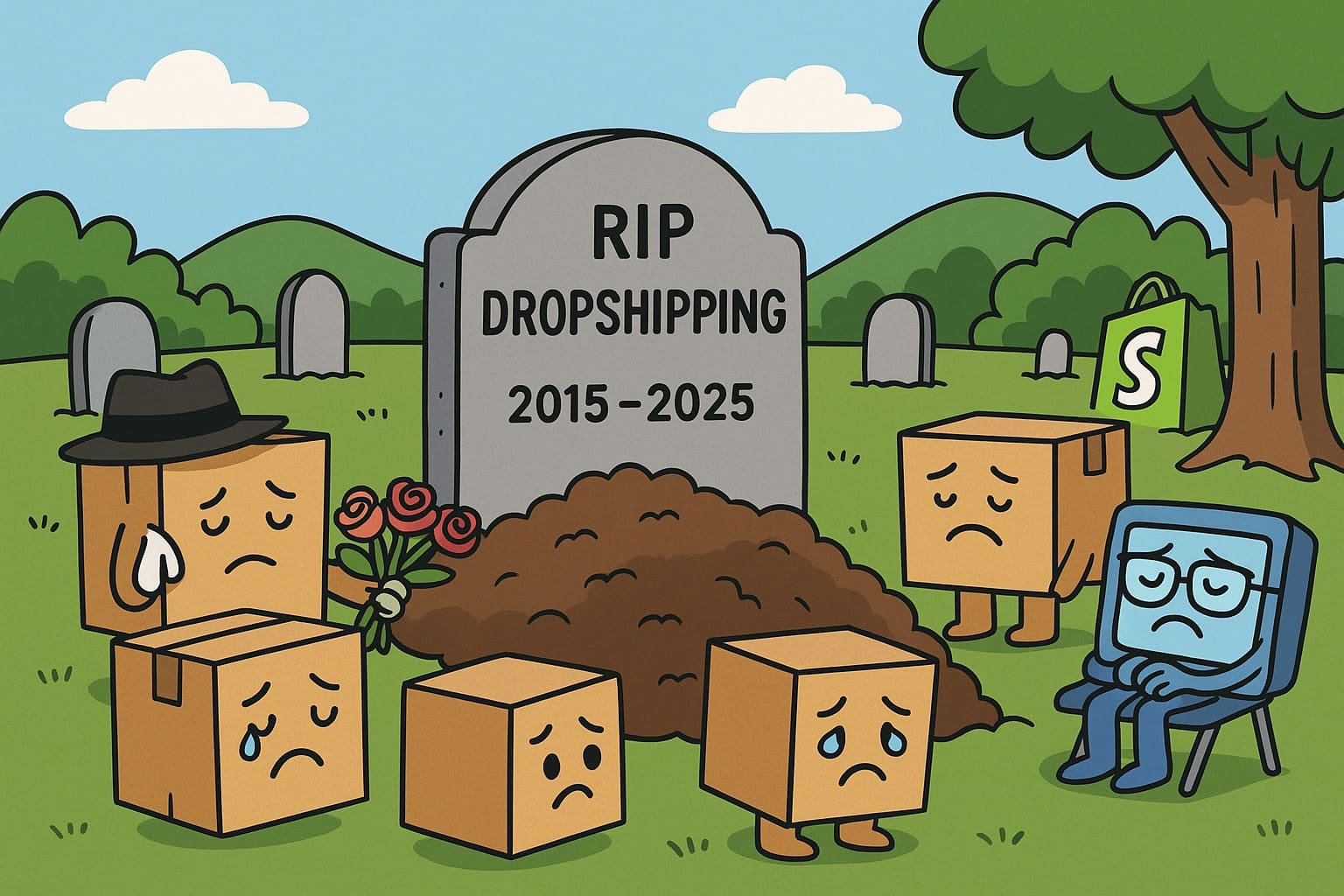You’ve Been Sold a Lie
Kevin dropped $1,500 on his first ecommerce store after a late-night TikTok binge. The hook? “$10K in 7 Days With No Inventory.” Classic.
He picked a trendy LED pet collar, found a supplier on AliExpress, launched a Shopify site, and torched his budget on Facebook ads.
Two weeks in, Kevin had:
- 6 orders
- 3 chargebacks
- 0 returning customers
- 1 frozen Stripe account
And a sinking feeling in his gut.
Kevin isn’t a fluke. He’s just the latest casualty of the dropshipping fantasy—a high-noise, low-margin hustle that stopped working the moment customers wanted, y’know, normal shipping times.
“Dropshipping is dead. Long live ecommerce.” — Foes Blog
That quote hits. If you’re serious about building something real in 2025, let’s talk truth.
The Myth of Dropshipping’s Comeback
Dropshipping isn’t “dead” because the market shrank. In fact, it’s ballooned to a projected $464 billion. But size isn’t the point.
Profitability is.
What most of these TikTok case studies don’t show you:
- The ad spend required to get those “$10K days”
- The refund rates from disgruntled customers
- The 4.2 ROAS just to break even
- The Meta ad account ban that tanked the store overnight
Dropshipping works great for:
- Early arbitrage (2015 vibes)
- Low-expectation consumers
- Sellers with insanely low COGS and high markup
But in 2025? Customer expectations have caught up. They want:
- 2–5 day delivery
- Real-time tracking
- Branded packaging
- Functional support
Dropshipping can’t deliver those at scale.
Why Dropshipping Fails Most Sellers in 2025
Let’s break it down.
1. Margins are toast
Meta ads? Brutal. TikTok CPMs? Up. You need a 3.5+ ROAS to make the math work, and that’s before refunds.
2. No control
Your supplier goes MIA or sends the wrong color—you take the heat. Not great for lifetime value.
3. Zero differentiation
If your product can be copied in 20 minutes, it will be. Fast.
4. Customer support nightmares
You’re the one explaining why “3-5 business days” means “21 real-world days” when you rely on overseas fulfillment.
5. Chargebacks, disputes, and payment processor pain
Stripe doesn’t love a 2% dispute rate.
If your entire business collapses because a supplier flaked or your ad account got banned, was it really a business?
What’s Actually Working in 2025?
Here’s where smart ecommerce founders are going:
Microbrands
- Ultra-specific, culture-aligned brands
- Example: Skincare for swimmers, not everyone with skin
Print-on-Demand (With Teeth)
- Not Canva quotes. Think: creator-led collections, subcultural commentary
- Tie your merch to identity, not trends
Digital Products + Communities
- Sell Notion templates, bundles, access to gated Discords
- No inventory, low overhead, high margins
Service/Product Hybrids
- Designers selling branding kits
- Photographers selling LUTs + gear recs
Local-First Ecommerce
- Local stories, small batch, real fulfillment
- Own the experience. Control the margins.
Want to Win? Run Your Store Like It’s 2025
Dropshipping is still a tactic. But brand-building? That’s the strategy.
You need:
- Ownership: Your domain, your customer list, your fulfillment
- Retention: Email (hello Klaviyo), SMS, loyalty (Postscript, anyone?)
- Differentiation: A story, an edge, a reason to exist that isn’t “I found this on AliExpress”
Want a tech stack that fuels growth?
- Best Shopify Apps for Growth
- Top AI-Powered Ecommerce Tools
- Check out what Basic Maintenance is doing (and why they’re crushing it)
So You Still Want to Start an Ecommerce Brand? Good.
But please, pick a lane that can scale. Here are 5:
- POD with an angle
- White/private label with a sticky hook
- Local-first ecommerce with a founder story
- Creator-led product brands (you = USP)
- Digital products + community extensions
Then obsess over retention. Serve people so well they stick. Use tools like Klaviyo, Loop Returns, and Postscript. Give real-time updates. Own your support.
TL;DR: Dropshipping Isn’t Dead. It Was Never Alive.
Here’s what that means:
- You can’t build long-term profit on short-term arbitrage
- Consumers want speed, reliability, and real value
- Your “winning product” needs more than hype to stick
So build something weird. Bold. Sustainable.
You don’t need a “niche.” You need a point of view.
And trust me, your ecommerce future looks a hell of a lot better without explaining 3-week shipping delays ever again.

